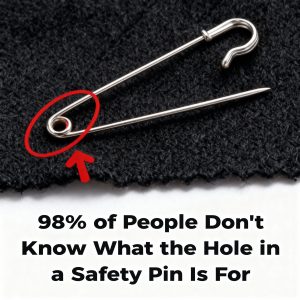What Psychology Reveals When Someone Helps the Waiter Clear the Table
At the end of a meal, most people sit back, relax, and wait for the waiter to clear the plates. But occasionally, you’ll see a diner lend a hand — stacking dishes neatly, passing items closer, or even helping clear the table. While it may seem like a small gesture, psychology suggests that such behavior can reveal a lot about a person’s mindset, values, and social awareness.
—
### 1. **Empathy and Perspective-Taking**
Helping a waiter clear the table often reflects empathy — the ability to imagine the workload and challenges of another person. Waitstaff juggle multiple tasks under time pressure, and a diner who offers help is often acknowledging that reality. Psychologists describe this as **perspective-taking**, the capacity to consider the needs and feelings of others.
In social psychology, small “prosocial behaviors” like this not only help the recipient but also strengthen the helper’s sense of connection to others.
—
### 2. **Respect for Service Roles**
Clearing plates may also signal respect for people in service jobs. Research shows that individuals who treat service workers kindly often hold strong egalitarian values — they see dignity in all work, regardless of status. In fact, one common saying in organizational psychology is: *“If you want to know someone’s character, watch how they treat the waiter.”*
Helping clear the table can be an unconscious way of leveling the social playing field: a gesture of partnership rather than hierarchy.
—
### 3. **Conscientiousness and Orderliness**
Personality research suggests that highly conscientious people — those who value responsibility, tidiness, and efficiency — may be more likely to gather dishes or tidy up after themselves. For them, stacking plates neatly is a natural extension of wanting order and minimizing inconvenience for others.
This doesn’t mean people who don’t help are careless — but for some, these behaviors are habitual cues of conscientiousness.
—
### 4. **Social Signaling and Impression Management**
It’s also worth noting that sometimes, helping behavior is a form of **social signaling**. People may clear the table in front of friends or family to display politeness, humility, or thoughtfulness. According to impression management theory, individuals often adjust their behavior to align with how they want to be perceived. In this case, the “helpful diner” may be signaling respectability or consideration.
—
### 5. **Cultural and Situational Context**
Cultural norms play a role too. In some countries, helping to clear dishes in a restaurant may be seen as polite; in others, it might be perceived as overstepping boundaries or even disrespectful to the staff’s role. Psychology emphasizes context: the meaning of an action depends on the expectations of the environment.
—
## The Bigger Picture
Helping a waiter clear the table is not just about plates and glasses — it’s a small window into deeper psychological traits. It may reflect empathy, humility, conscientiousness, or social signaling. Whatever the motivation, these micro-actions shape the subtle fabric of human interaction, reminding us that character often shows itself in the smallest details.





